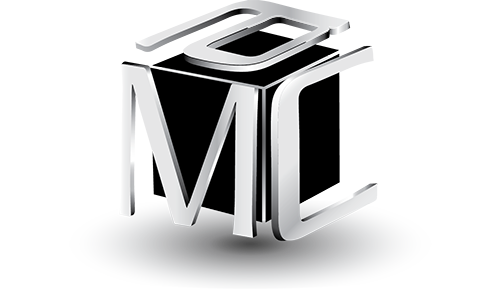
Through People


Research has shown that 4 out of 10 leaders fail in the first 18 months in a new position. To avoid this potential derailment, I work with leaders-in-transition to basically reinvent themselves at each career shift . This means that at each career change there are:
Professor Alan Freedman referred to this as the “Transformation Trilogy” and described the process in this simple diagram.As your career advances up (or across) different organizational levels, critical skill requirements change. As you advance from technical roles to leadership roles to strategic positions, the demands change from short-term to longer-term, from managing tasks to managing a chunk of the business and from having a narrow network to manage to having a wide variety of stakeholders to keep in tow. The changing demands require a changing set of skills, not using the same bag of tricks over and over.
For many leaders the “letting go” part is often the toughest. I have found that when a leader’s career runs off the tracks after a transition, it is often due not to a weakness or lack of a critical skill but continuing to use a strength that is no longer applicable. This is particularly true of technical professionals who are transitioning into their first role of leading a department or project team. They have previously been recognized and rewarded for their technical prowess but they must now downplay that technical bent and need to develop or apply other essential leadership skills if they are to be successful.
For organizations, this transformation process means the Talent Management must be very effective at delineating the competency demands that shift across levels and functions. Leadership Development should focus on helping leaders to understand the skill requirements and to be very intentional about letting go, preserving and adding on. For individuals, the transformation means being aware of the need to morph their skill sets as they advance and to be willing to “learn on the fly”.